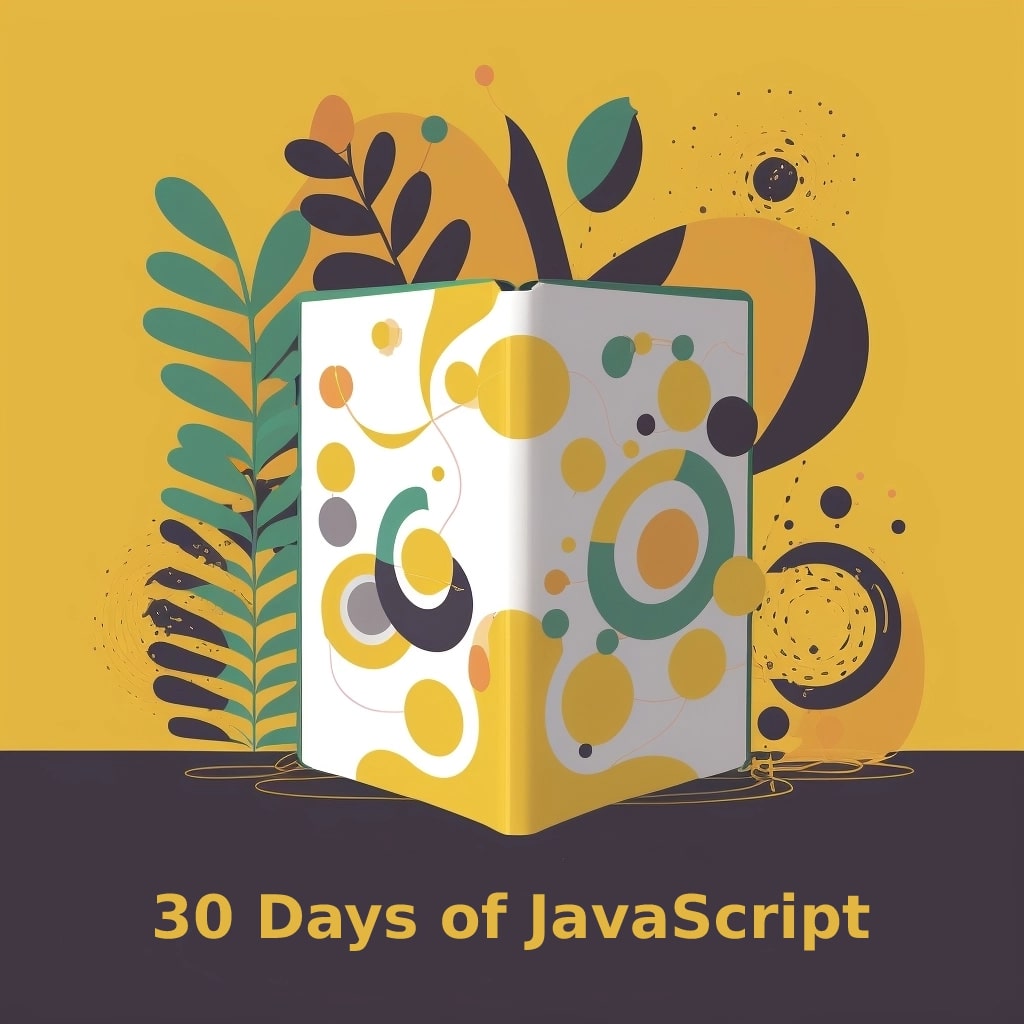In the wide world of web development, JavaScript libraries have become the go-to arsenal for developers. Think of libraries as puzzle pieces, ready to be assembled in various ways to create the big picture of your web application. And like any good puzzle, the more you understand the pieces, the more complex and intricate your creations can be.
jQuery: More Than Just a Library; It’s an Icon
When developers talk about jQuery, they often speak with a kind of reverence. It has become synonymous with simplicity, elegance, and functionality in JavaScript.
// Clicking to hide an element
$("#hideButton").click(function(){
$("#element").hide();
});
Such a simple example showcases what jQuery is all about – making the complicated straightforward.
Advantages:
– Simplicity: jQuery offers an easy learning curve, perfect for beginners.
– Cross-Browser Compatibility: Handles quirks between different browsers.
– Rich Plugin Library: Extensive collection of plugins for additional functionality.
Disadvantages:
– Performance: Sometimes slower than vanilla JavaScript.
– Relevance: Some modern browsers now support many features natively.
– Size: Can be a relatively large file if only using some parts of it.
Best Use Cases:
– Rapid prototyping.
– Enhancing user interactions with minimal effort.
Lodash: The Toolkit You Didn’t Know You Needed
Lodash might not be as famous as jQuery, but in terms of functionality and performance optimization, it’s a hidden gem.
// Chunking an array var users = [1, 2, 3, 4, 5]; var groupedUsers = _.chunk(users, 2); // output: [[1, 2], [3, 4], [5]]
This is where Lodash shines – in taking everyday tasks and making them more efficient.
Advantages:
– Utility Functions: Rich set of functions for various data types.
– Performance Optimization: Efficient in various scenarios.
– Modularity: Use only what you need.
Disadvantages:
– Size: Including the entire library might affect loading time.
– Overhead: For simple tasks, native JavaScript might be sufficient.
Best Use Cases:
– Complex data manipulation and transformation.
– Performance-critical scenarios.
Moment.js: Time, Tamed
Time and dates are often a developer’s nightmare. Moment.js turns that nightmare into a pleasant dream.
// Formatting today's date
var today = moment();
console.log(today.format('MMMM Do YYYY')); // 'June 3rd 2023'
Advantages:
– Ease of Use: Simplifies date handling and formatting.
– Time Zone Support: Essential for international applications.
– Rich Formatting Options: Offers comprehensive formatting abilities.
Disadvantages:
– Size: Can be large if only a few operations are needed.
– Immutable Objects: Mutates objects by default, which can cause unexpected behavior.
Best Use Cases:
– Date manipulation in internationalized applications.
– Complex date formatting.
Frameworks: Laying the Groundwork for Comprehensive Development
If libraries are like puzzle pieces, then frameworks are the blueprints for the puzzle itself. They offer a structure and set of rules to guide the development process.
React: The Art of Building Interfaces
React is less a framework and more a library for building user interfaces. But what it does, it does exceptionally well.
// Creating a simple React component
class Welcome extends React.Component {
render() {
return <h1>Hello, {this.props.name}</h1>;
}
}
Advantages:
– Component-Based: Encourages reusability and maintainability.
– Virtual DOM: Performance optimization.
– Strong Community: Extensive community support and rich ecosystem.
Disadvantages:
– Complexity: Requires understanding of JSX, state management, etc.
– Integration: May require additional configuration with other libraries.
Best Use Cases:
– Single Page Applications (SPAs) with complex UI.
– Applications requiring a robust ecosystem.
Angular: A Symphony of Web Development
Angular isn’t just another tool; it’s a comprehensive solution that orchestrates your entire application development.
// Angular Component
@Component({
selector: 'my-app',
template: `<h1>Hello {{name}}</h1>`
})
export class AppComponent { name = 'Angular'; }
Advantages:
– Full-Fledged: Provides a complete solution for building SPAs.
– Strong Community Support: Backed by Google with a large community.
– Two-Way Data Binding: Simplifies the development process.
Disadvantages:
– Steep Learning Curve: Can be overwhelming for beginners.
– Verbosity: More boilerplate code compared to others.
– Performance: Can be slower for very large lists and complex updates.
Best Use Cases:
– Enterprise-level applications.
– Large-scale applications benefiting from strict guidelines.
Vue.js: The Unassuming Genius
Vue.js is deceptively simple. Yet, beneath that simplicity lies an engine of flexibility and power.
// Vue instance
var app = new Vue({
el: '#app',
data: {
message: 'Hello Vue!'
}
});
Advantages:
– Approachability: Great for both beginners and experienced developers.
– Flexibility: Can be used in small parts of projects or entire SPAs.
– Reactive Data Binding: Makes data handling seamless.
Disadvantages:
– Integration with Large Projects: Careful planning required for scaling.
– Community and Ecosystem: Smaller but growing compared to React and Angular.
Best Use Cases:
– Progressive integration within existing projects.
– Small to medium-scale SPAs.
Crafting the Perfect Choice
The process of selecting the right JavaScript library or framework must be strategic and align with the project’s goals and requirements. Here’s a more specific guide to help in crafting the perfect choice:
Understanding Project Needs:
Scale: Is the project small, medium, or large? For small projects, a lightweight option like Vue.js might be ideal. For enterprise-level applications, Angular’s comprehensive structure might be preferred.
Functionality: What specific functionalities are needed? If extensive DOM manipulation is required, jQuery could be the answer. For performance-critical data manipulation, Lodash may be best.
Analyzing Performance Requirements:
Optimization: Does the project require high efficiency? React’s Virtual DOM offers enhanced performance for complex UIs.
Loading Time: Are loading times crucial? Choosing a more compact library or using only necessary parts can mitigate load time.
Considering the Learning Curve and Team Expertise:
Experience Level: Is the development team experienced with certain tools? A steep learning curve, like Angular’s, might slow down a team new to the framework.
Community Support: Need extensive documentation and community support? React has a strong community and a wealth of resources.
Integration with Other Tools:
Compatibility: How will the chosen tool interact with other technologies in the stack? Some libraries and frameworks play more nicely with specific back-end technologies or third-party libraries.
Evaluating Long-Term Considerations:
Maintenance: How easy will it be to maintain and update the code? A component-based architecture like React facilitates maintainability.
Scalability: Will the project grow over time? Vue.js offers progressive integration, allowing for gradual scaling.
Checking License and Cost:
License Compatibility: Ensure the license of the library or framework aligns with your project’s legal requirements.
Budget Constraints: Consider if there are any costs associated with the technology, such as required paid plugins or support.
Exploring Real-World Use Cases:
Industry Adoption: Look at what similar projects or industries are using. Angular, for instance, is widely used in financial applications.
Case Studies: Analyzing the success stories or pitfalls of others who have used these tools can provide valuable insights.
Prototyping and Experimentation:
Hands-On Experience: Sometimes, the best way to understand if a tool is the right fit is to prototype a small part of the project using it.
Benchmark Testing: Conducting performance and integration tests can provide hard data to influence the decision.
Conclusion
Day 13 of our journey through JavaScript’s ecosystem has brought us to a deeper analysis of its core tools. This exploration not only sheds light on the modern capabilities and innovations but also offers a critical perspective by highlighting the strengths, weaknesses, and optimal use cases of each library and framework. As a developer, understanding these facets enables you to make informed choices tailored to your specific needs, leading to more efficient and successful projects.
Go forward with curiosity, discernment, and confidence. The world of JavaScript is vast and nuanced, with treasures and pitfalls awaiting your discovery. Your journey is filled with opportunities to learn, innovate, and grow.
As we conclude this comprehensive look into JavaScript libraries and frameworks, we eagerly look forward to Day 14, where we will dive into Object-Oriented JavaScript. The adventure continues, and the path ahead promises to be equally engaging and enlightening.
We’ve tried our best to explain everything thoroughly, even though there’s so much information out there. If you found our writing helpful, we’d really appreciate it if you could buy us a coffee as a token of support.
Also, if you’re interested in learning more about WordPress, Javascript, HTML, CSS, and programming in general, you can subscribe to our MailChimp for some extra insights.

